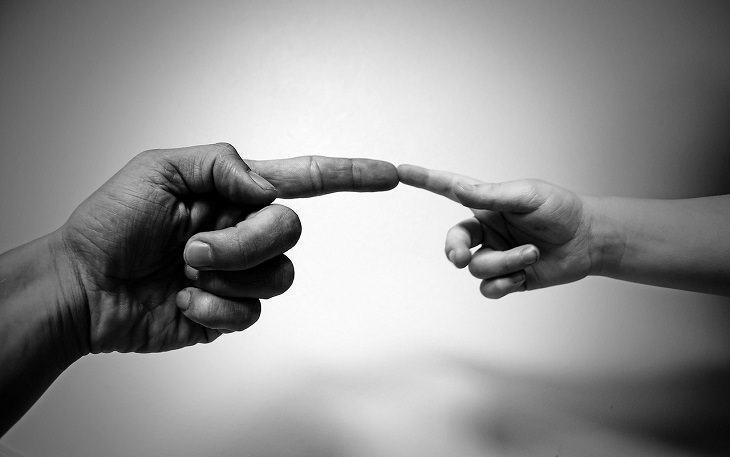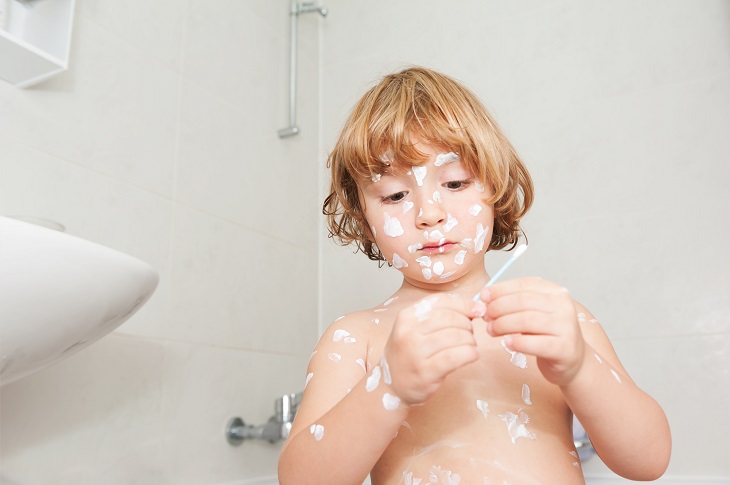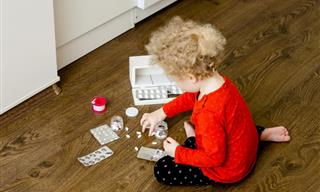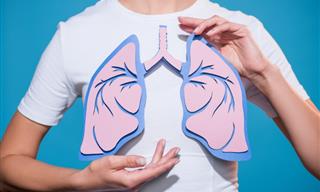Is intentional exposure to any disease a good idea, ever? Unsurprisingly, the answer is no. The same way you wouldn’t want you or your children to get sick with the flu, or any other infectious disease, for that matter, letting your children interact with kids that have chickenpox is a bad idea, always.
The risks are just not worth it, especially since nowadays, the disease is completely preventable. In this article, we will tell you everything you need to know about kids and chickenpox, starting from the history of the so-called “chickenpox parties” to the dangers your child and your family is facing if he or she will happen to get chickenpox.
The History of Intentional Chickenpox Exposure
Varicella, or chickenpox, is an extremely contagious viral infection. Until the 1990's, when the varicella immunization was first introduced, a phenomenon called “chickenpox parties” existed, where parents would let their children play with kids that had the virus in hopes that they would get sick and develop a lifelong immunity towards it.
The thinking behind this was based on the lone observation that young kids were less likely to develop complications when suffering through the disease compared to adults. At the time, this type of “social” vaccination may have been a logical thing to do.
Still, up ‘til 1995, between 10,500 and 13,000 patients were hospitalized with chickenpox every year in the United States alone. After the introduction of said vaccine, the occurrence of chickenpox declined by 98% between 1995 and 2010, and chickenpox parties became obsolete.
This was a breakthrough, as children no longer had to go through the uncomfortable, painful and often scarring process of chickenpox that often carried on for weeks and risk suffering from the complications it comes with.
Moreover, other members of the family, such as infants, older adults and family members suffering from chronic conditions, all of whom were more likely to develop life-threatening complications, no longer caught the virus.
What are the Dangers of a Varicella Infection?
Kids past the age of 1 and until the age of 15, on average, experience a lighter form of the disease. Even so, a normal varicella infection comes with at least 10-12 days of isolation and the following symptoms:
- 200-500 red itching bumps on the skin, throat and genitalia
- Fever
- Nausea
- Difficulty sleeping
- Subsequent scarring.

Though children are less likely to develop complications, they do occur. The Center of Disease Control and Prevention reports that around 3 in 1,000 cases of varicella in children requires hospitalization. The most common complications of the disease are as follows:
- Bacterial infection of skin lesions
- Pneumonia
- Hepatitis
- Brain disorders, such as encephalitis
- Acute cerebellar ataxia
- Reye syndrome (swelling in the liver and the brain).
Infants, the elderly and immunocompromised individuals should stay away from even the slightest possibility of contact with chickenpox, even if immunized, as they are at an extremely high risk of developing complications, the most optimistic outcome of which are lifelong residual effects, and the worst is, sadly, death.
Luckily, all of these dangerous outcomes and uncomfortable symptoms can be completely prevented by timely immunization, which remains a necessary requirement in most developed countries. If you or your child is vaccinated against chickenpox, exposure to the virus will trigger your immune system to develop even more antibodies against the virus, so the likelihood of you catching this disease is nearly null.
H/T: CDC, healthline
 Go to BabaMail
Go to BabaMail


























